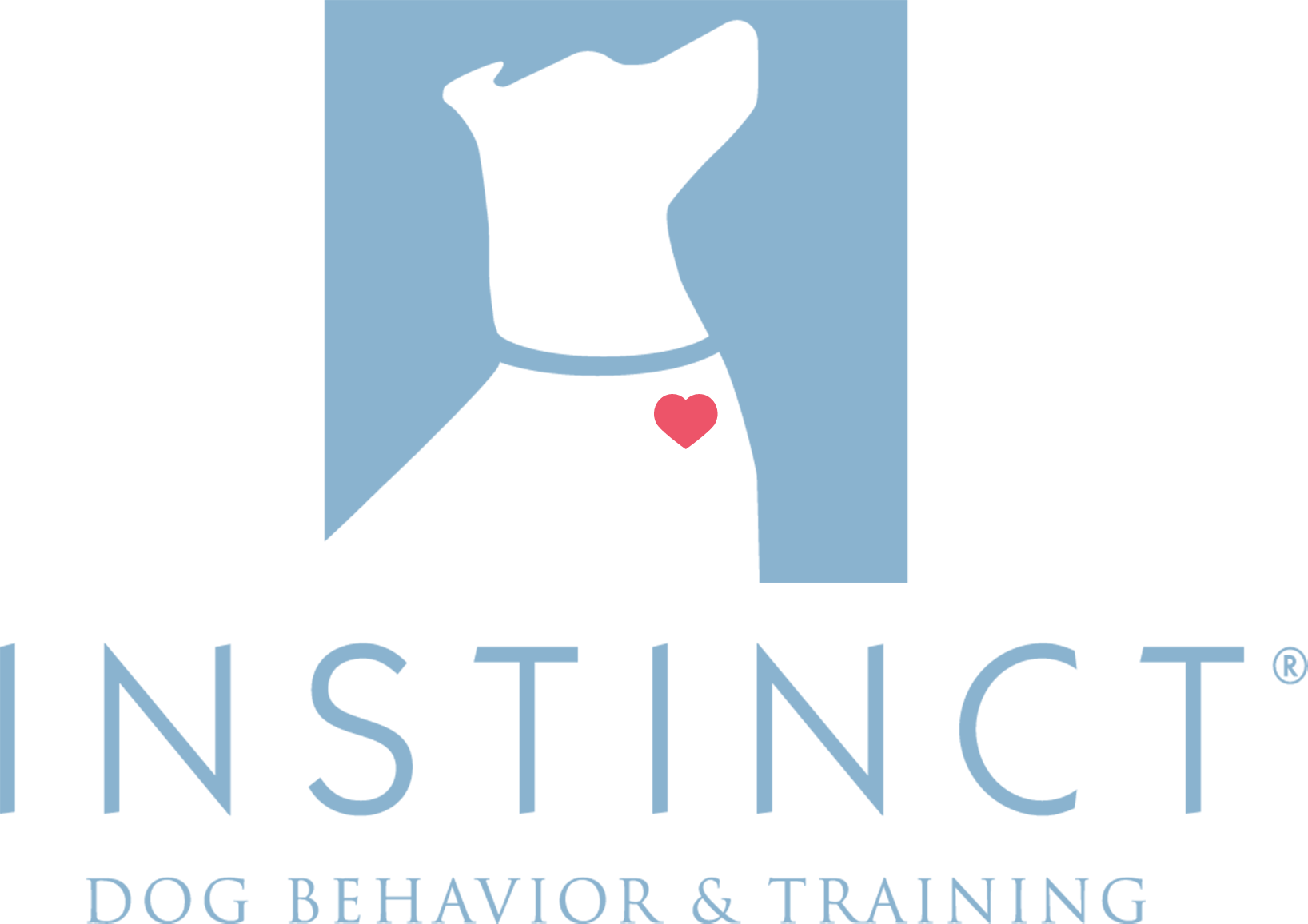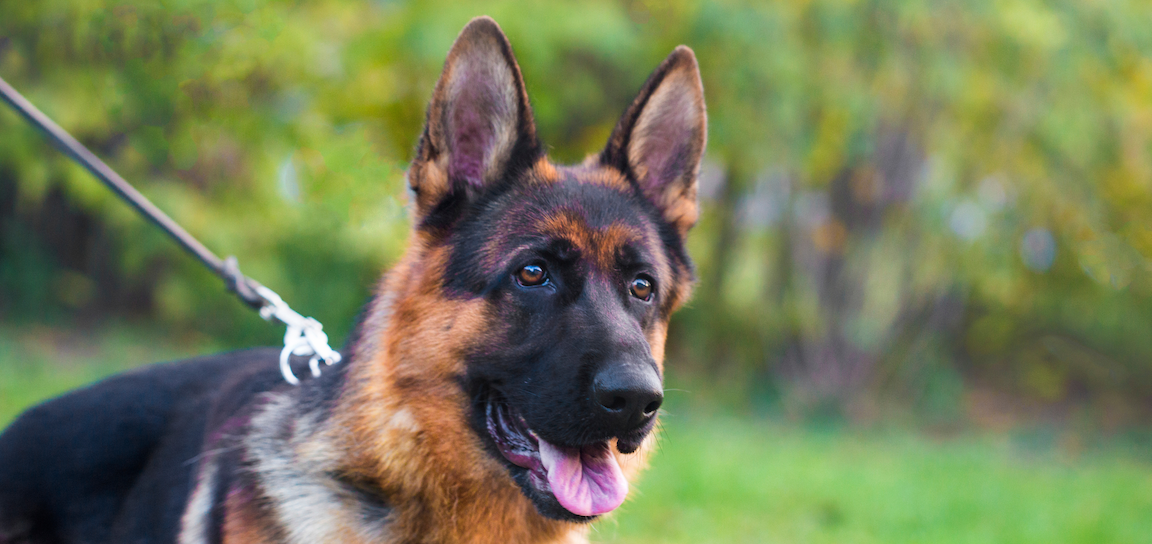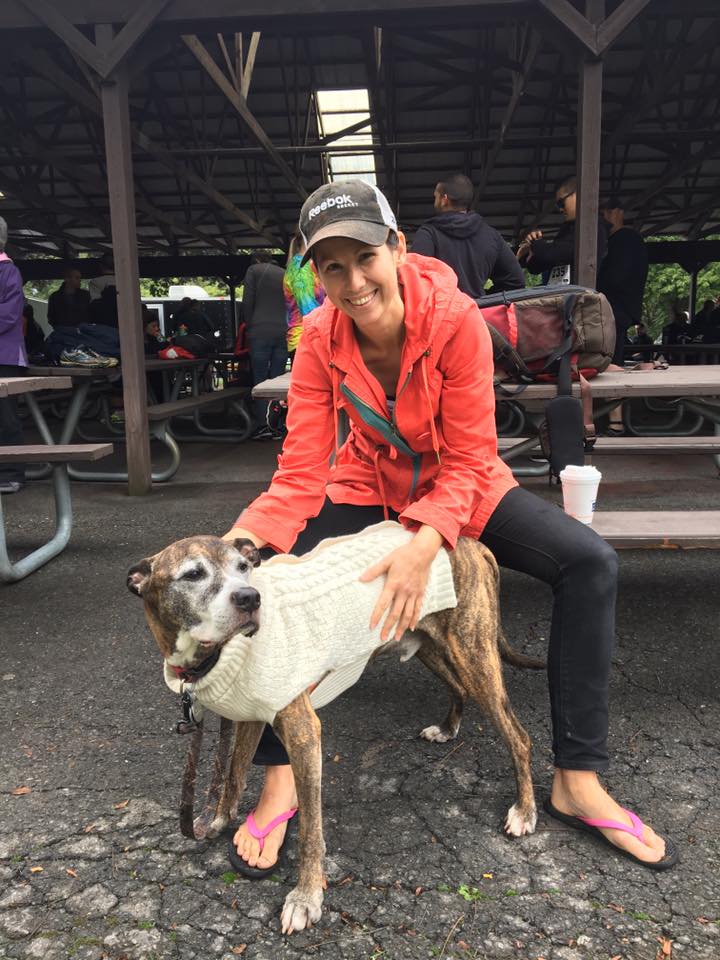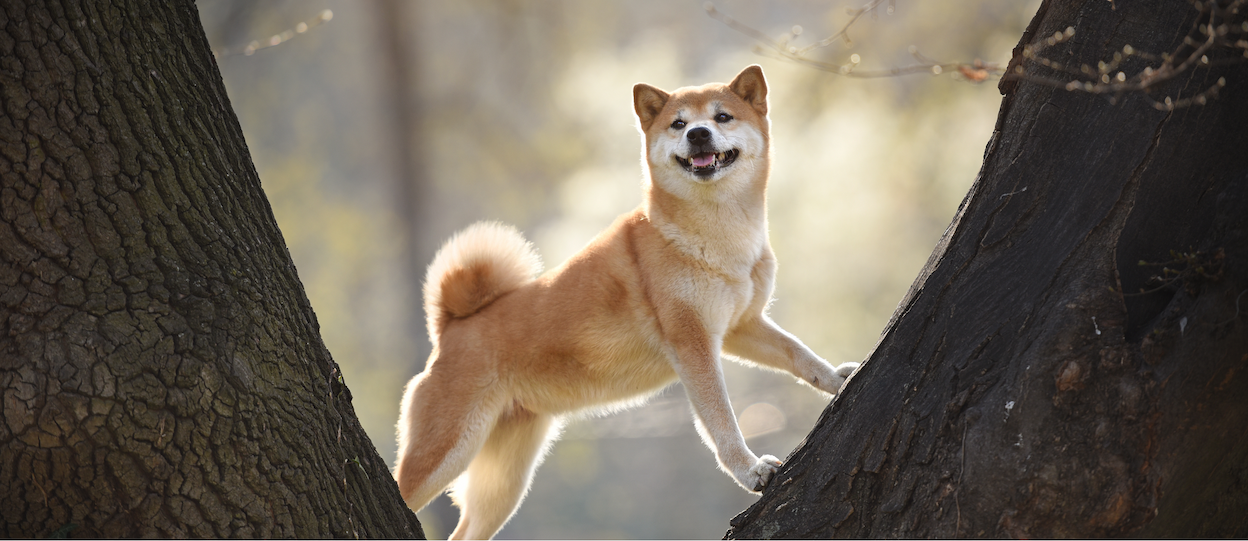Tips for Dogs Who are Reluctant to Come When Called

Welcome to the blog! This week, we’re sharing some of our favorite tips to boost your dog’s responsiveness to coming when called – even if they’re a “Reluctant Recaller” by nature.

How to Improve Your Dog’s Recall
Are you having trouble getting your dog to reliably come when called?
If you’ve been working hard on a recall (“Come”) cue, but just can’t seem to get traction or move beyond the beginner level, try not to be discouraged. There are a number of factors that can make recall a lot more challenging for some dogs.
Read on to learn about common Nature factors we see in dogs that have trouble with recall. Then, learn our favorite troubleshooting tips to take this important skill to the next level.
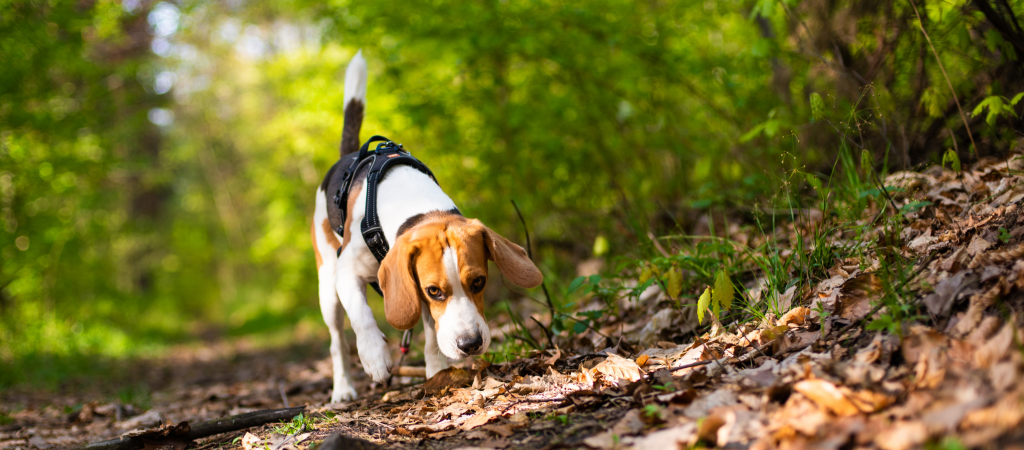
Nature Factors that Affect Recall
If you share your life with a dog who really struggles with recall, it can sometimes feel like you’re the ONLY one in that position—and that everyone else’s dog runs back to them easily and enthusiastically for a bit of praise and a piece of kibble.
First things first: you are absolutely not alone. Coming when called is a very challenging skill for a large subset of dogs with certain Nature characteristics.
Let’s explore this further by breaking dogs into two broad categories: Natural Recallers and Reluctant Recallers.

“Natural” Recallers tend to hold one or more of these Nature characteristics:
- High level of enthusiasm for training/doing tricks
- Find running/movement highly reinforcing
- Find interaction with their person highly reinforcing
- Low to moderate levels of arousal/excitement about the world around them
- Relatively small “comfort radius” (they have no desire to wander too far from their people)

Conversely, “Reluctant” Recallers tend to hold one or more of these Nature characteristics:
- Not terribly enthusiastic about tricks/training
- Running/movement may not be highly reinforcing (may be due to natural temperament, medical/health issues, or other reasons)
- Hold a “less is more” mentality when it comes to touch and attention from their person
- Highly aroused/excited/distracted by the world around them (may be due to predatory instincts, behavior issues like fear or anxiety, etc.)
- Relatively big comfort radius (they don’t naturally keep tabs on where their people are at, and are comfortable wandering pretty far from them)
The characteristics above can be influenced a dog’s biology, including their age, breed, or health status; by past life experiences; and by individual traits like sensitivity to stress, impulsivity, and arousal levels.
It’s important to note that Natural Recallers still need targeted training to KEEP their recall reliable. A Natural Recaller can transition into a Reluctant Recaller as they grow, develop, and accumulate life experiences.
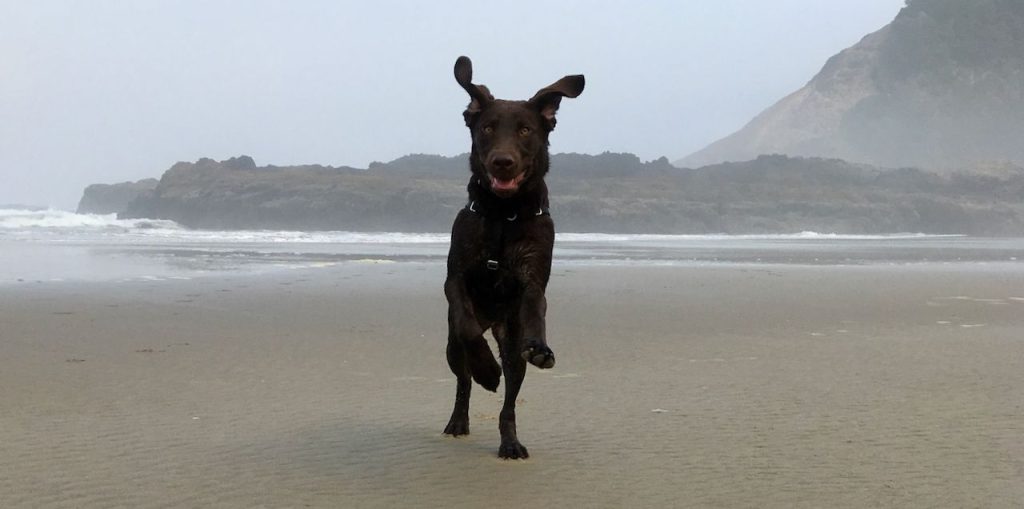
Six Troubleshooting Tips for a More Reliable Recall
Here are six of our favorite troubleshooting tips to help improve your dog’s recall reliability. Pssst…don’t miss Tip #6 – it’s one you probably haven’t heard before.
Safety Disclaimer:
Unless you feel VERY confident about your dog’s recall, keep them on a long line while implementing the tips below. Be mindful of using high value food rewards around unfamiliar dogs. And, never let your dog run free in an area that doesn’t permit off-leash dogs. If your dog displays fearful, anxious, or aggressive behavior, consult with your trainer or behavior consultant before implementing any of these tips with your dog.
When you think about upgrading your rewards, think in in terms of both reward type and reward delivery.
Reward Type
- While food isn’t the only option, it’s often the easiest and most effective one. And while food choice alone isn’t enough to make all dogs come when called reliably, getting this part right can have a HUGE impact on a large percentage of dogs.
- Recall is the time for you to break out your ultimate, super-special food rewards…foods that your dog doesn’t get at any other time and that make them absolutely over-the-moon happy.
- Some of our favorite go-to options include: roast beef, bacon, meatballs, lamb lung, steak, and aged cheddar cheese.
- Think your dog loves everything equally? Even the most enthusiastic chow hounds have a hierarchy of preferences. Try doing a Treat Tournament to discover what tops your dog’s list.
Reward Delivery
- The way in which you deliver your food rewards can have a big impact on how reinforcing your dog finds the ‘reward event’ – and thus, how likely they will be to come when called the next time you ask
- Check out our Instagram reel outlining some different reward deliver options to try with your dog.
- Delivery methods that include both movement and multiple rewards are preferred by most dogs.

Two of the most common mistakes we see dog owners make with recall are: calling their dog too frequently, and calling them at the wrong times.
Frequency of Cuing “Come”
- Asking your dog to stop what they’re doing and come to you every few minutes is tiresome. By the 4th or 5th repetition, many dogs seem to have a “Really? Again? But WHY?” response to hearing the cue.
- While optimal recall frequency will vary by dog, we generally find that calling your dog roughly once every 10-12 minutes works well to keep them dialed in without decreasing enthusiasm of their responses.
Timing of Cuing “Come”
- At first, only practice calling your dog when you are 95% certain they’re going to listen to you. Initially, this is best done when you see them take a brief break or pause from their current activity, and when they’re at a distance of 15-25 feet (not so close that they feel like they’re already next to you, and not so far that your cue is overshadowed by other things happening in the environment).
- If you call your dog and they don’t respond, try decreasing your distance by half, then calling again. If they still don’t respond, calmly walk over next to them, give a cheerful “Let’s Go,” and walk away together (use the long line if needed); reward as they come with you.
- Next, avoid using recall exclusively to signal the end of fun and freedom (e.g., only calling them when off-leash or long line time is over). While we want to avoid calling our dogs too frequently, it’s important include repetitions of the cue where your dog is invited to go back to whatever they were doing immediately after they come to you.

There is a lot of emphasis placed on rewarding your dog for coming when you call them (as their should be). But in our experience, it’s just as important to reward your dog when they come to check in with you on their own, without having been prompted to do so.
Be prepared to reward your dog with a treat whenever they decide on their own to come and check-in with you while off-leash. It’s a good idea to use slightly lower value food rewards for these unprompted check-ins, so you don’t end up with a dog who focuses only on your treats and forgoes all other activities.
Rewarding unprompted check-ins makes you a fun, go-to destination in the off-leash landscape. You become a relevant and salient stimulus in your dog’s environment, which supports higher levels of responsiveness to your recall cues.

Before you take your dog off-leash or let out all the slack on the long line, take a few minutes to do a mini training session with your dog.
Ask for a few sits, hand targets, some short stays, and if they know it, do a bit of heeling work as well. Start the session on-leash, and finish it while they’re off-leash/on the long-line.
This 3-5 minute training session does a couple of things:
- First, it helps your dog “dial in” to your cues and get into a responsive frame of mind before heading out to explore.
- Second, it often serves to lower a dog’s arousal and excitement levels and helps them acclimate to the off-leash environment in a more relaxed/controlled manner. This, in turn, tends to decrease the “OMG I’m off-leash and I’m gonna run off into the sunset at top speed!!!!” response that can happen if you immediately unclip the leash of a really excited dog in an off-leash area.

This isn’t a necessity, but sometimes, a fresh start is helpful for everyone.
Changing your cue can allow you to develop new, strong and positive associations from the very beginning stages of training. And, it gives you the opportunity to choose a cue that is naturally more salient and easily perceived by your dog when they’re at a distance and when their senses are engaged in other interesting stimuli.
Here are a couple of our favorite options:
- Teach your dog a Whistle Recall
- Teach your dog a Hand Target Recall

This is one of our absolute favorite tips to boost recall responsiveness (especially when you’re already incorporating the other tips outlined above). It’s something we’ve seen work over and over again with a wide range of dogs and owners who were struggling with recall.
In truth, we’re not 100% sure why it’s so effective. But, if we had to guess, we’d wager that working on Stays improves Recall in the following ways:
- First, it helps a dog work their “impulse control” muscles. More accurately, it helps them learn to focus and forgo approaching fun, interesting stimuli in their environment.
- Second, it helps to foster healthy relationship dynamics between you and your dog. Done well, Stays can help a dog learn to follow your lead when it comes to decisions about how you both navigate SPACE in your shared environment.
- Third, similarly to the effects of rewarding unprompted check-ins, coaching your dog through a long Stay under moderate distractions seems to make you – and thus your cues – a lot more relevant and salient to your dog.
You can opt to work on a Sit/Stay, a Down/Stay, or both – just choose whatever is most comfortable for you and your dog.
Some initial milestones to strive for include:
- Build duration so your dog can successfully hold a Stay for 3-5 minutes before being released
- Work up to the point where your dog can successfully hold a Stay while you walk around them in a circle, bend down in front of them, take a seat on a chair, etc.
Worth the Effort
Building and maintaining a reliable recall can be a challenge, but, in our opinion, it’s well worth the effort. Recall is a skill that can save your dog’s life if they accidentally get off-leash in an unsafe area. And, it lets you to give them lots more freedom and allows you to safely enjoy more activities together.
Our final note on Recall is this: whether you’re just starting to work on this skill, or your dog has been doing it well for years, we strongly recommend that you plan to reward your dog for coming when called off-leash EVERY SINGLE TIME, for the rest of their life. It’s worth it to keep the skill functioning at the highest level of reliability possible, through all stages of your dog’s life.
NEED TRAINING OR BEHAVIOR SUPPORT?
Check out the resources below!
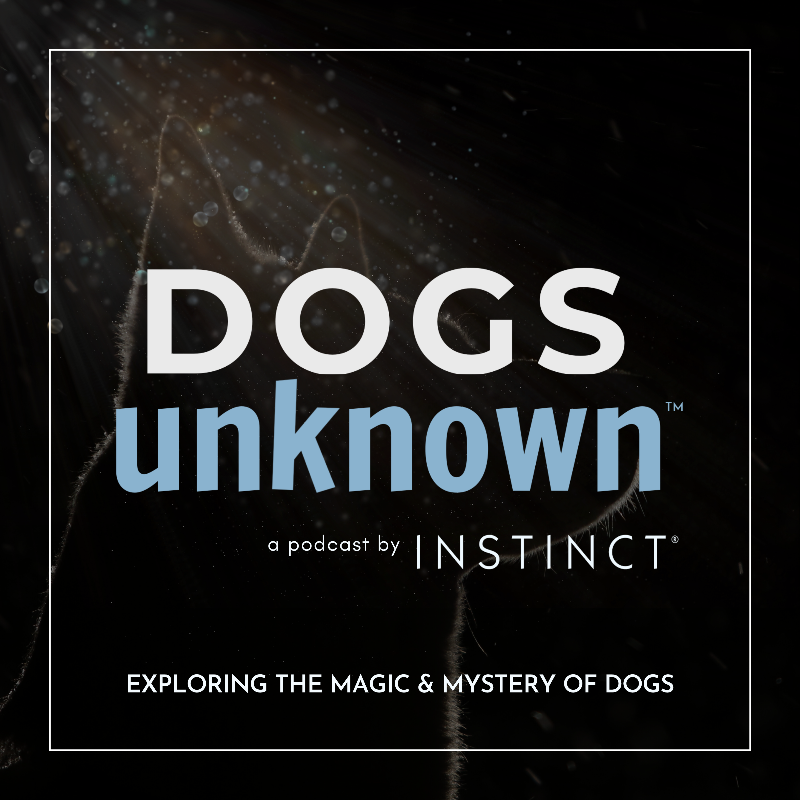
Check out Instinct’s award-winning podcast, Dogs Unknown (fka DogLab), hosted by Instinct Co-Founders Sarah Fraser (me!) and Brian Burton.
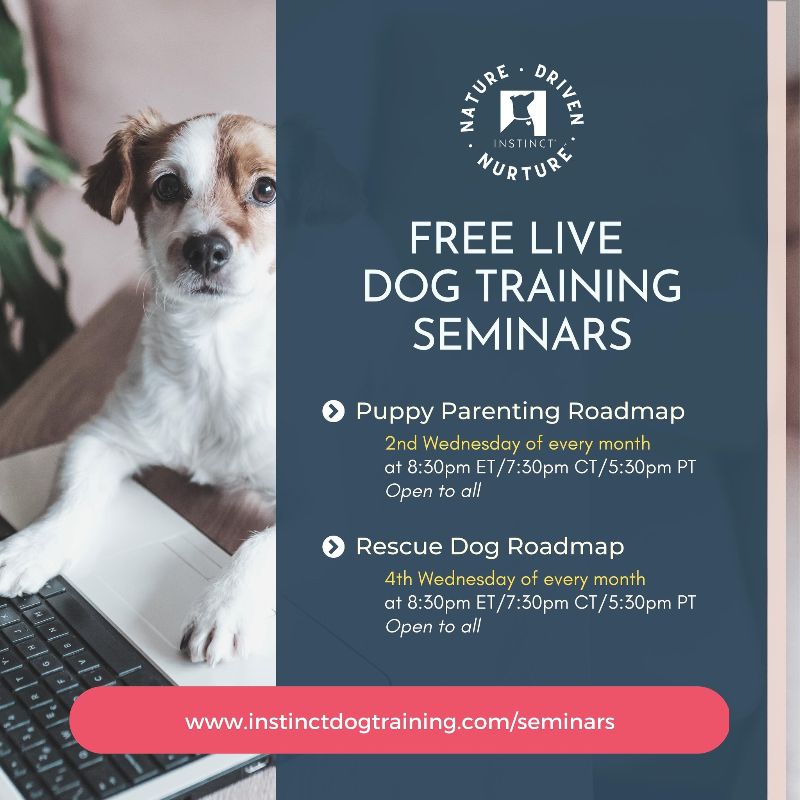
Join one of our free, live training & behavior seminars via Zoom!
Hosted by Instinct behavior consultants, these seminars include a 1 hr presentation plus live Q&A session. Open to all!
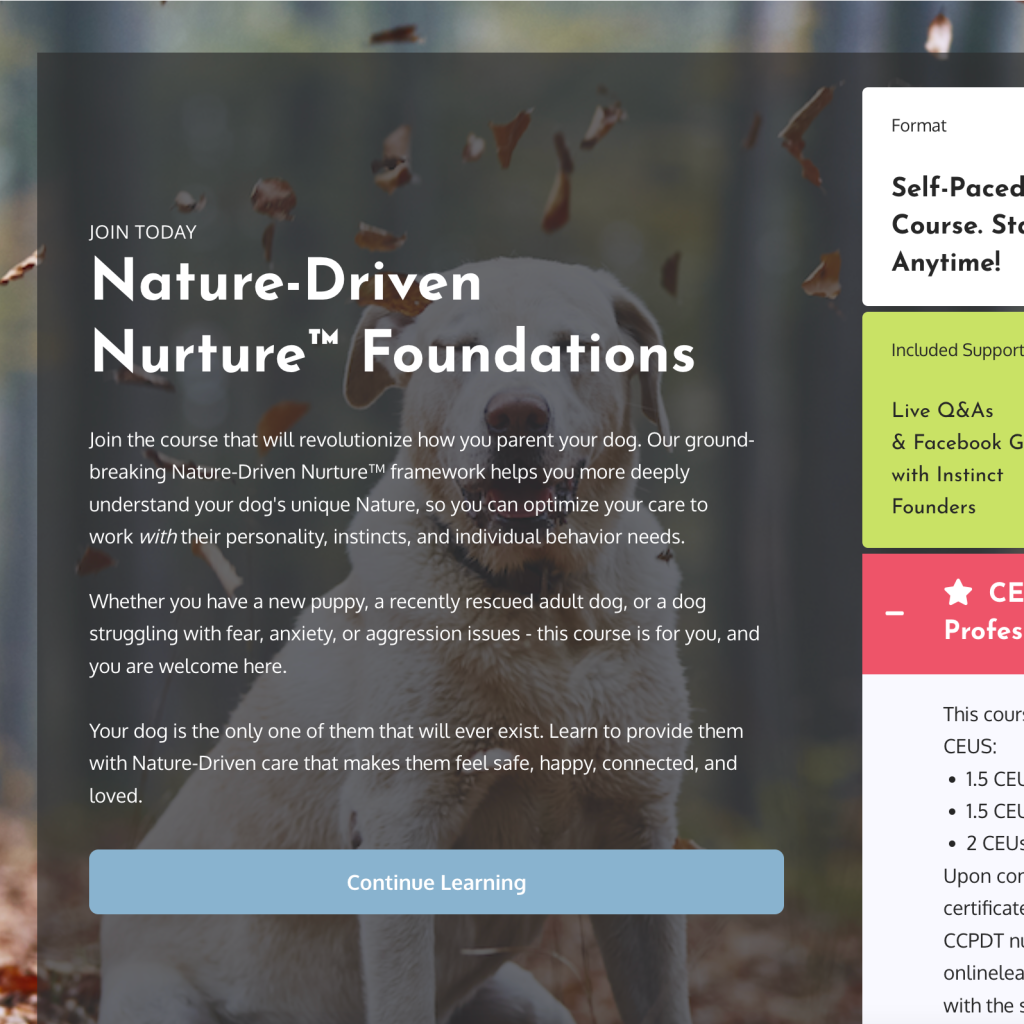
Sign up for the Nature-Driven Nurture Foundations course in our Online School. Learn our groundbreaking canine behavioral health framework that teaches you how to optimize your dog’s training & care based on their unique, individual Nature. This self-paced course includes:
- Access to private Alumni Facebook group
- Twice-monthly Zoom Q&As with Instinct co-founders
Or, contact your local Instinct for fully customized training & behavior support with certified, veterinarian-recommended trainers and behavior consultants.
